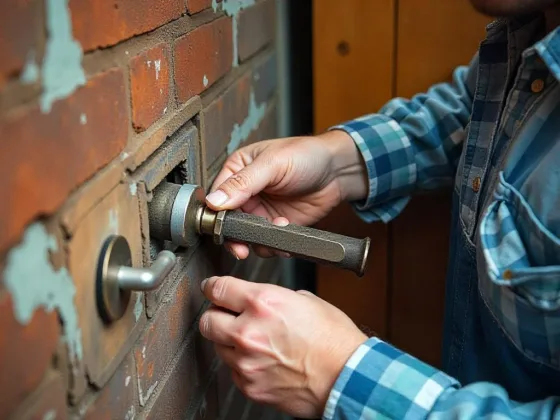Table of Contents Show
Many people choose to remove the carpet in their homes and stain the cement floors with acid instead.
Not only does it help reduce allergens at home, but it is also very beautiful. It resembles a marbled finish if done well.
Always use the best concrete stain with acid. The steps to prepare it is included if you already have the floor.

Steps to Stain Concrete Floors
According to AAA Concreting, here’s how to stain a concrete floor. Retract the carpet and the material that serves as a bed. Roll them up and dispose of waste in an appropriate way. Remove any other type of flooring you are replacing. You must also remove the tables that form the base.
Read Also:
First Step:
Using the bar and hammer, remove all nails from the concrete. The process is likely to take chunks of concrete as well. It would help if you used a cement mix to patch these areas.
Follow the mixing instructions that come with the container. Use a painter’s spatula to patch all the holes. You must let the cement dry completely.
Do not worry about the thin cracks of concrete, as these will give personality to the finish. Large cracks should be filled.
Second Step:
When the cement is dry, sand the floor until it is smooth. You must vacuum to remove all the dust and mop the concrete several times so that no dirt remains. Let dry completely.
Third Step:
Cover the walls with the plastic roll, using masking tape to secure it. If you are also going to paint the walls, you should do this to the last. Research and buy acid.
Choose colors that go well with your decoration, as this is permanent and cannot be changed like the paint on the walls.
Remember, the product must be acidic to stain concrete. Otherwise, you will only achieve a surface that looks painted.
Fourth Step:
Start in the area of the room furthest from the entrance door, and work towards it. So, you don’t need to stand in the areas you have already dealt with.
Fifth Step:
Open all windows, as this process produces a very strong smell when consuming concrete. Follow the directions of the container.
Mix the product with water. It would help if you used a plastic sprayer like gardening. The acid cannot touch the metal.
Using a small sprayer allows you to have more control over where the stains begin and end.
When the acid process is complete, you will need to remove excess product. You can then apply a second layer and repeat the process.
Sixth Step:
Don’t be scared by how your floor looks immediately after completing the acidic process. It will look ugly, like rusty.
Keep in mind that true beauty does not emerge until you apply floor sealer. The concrete must be completely dry before applying the polyurethane.
Use a water-based product to seal the floor. Apply two coats with a soft roller, and use the brush to remove bubbles.
Seventh Step:
Tip: during the sealing process, it is best to work in two. One will apply roller polyurethane to a small area while the other uses the brush to remove bubbles.
Again, start at the area farthest from the entrance door. Be sure to open all the windows of the house to ventilate. Wear a mask. Do not wear any garment that you do not want to get dirty.
Is it Possible to Qualify All Concrete?
Both types of reactive and non-reactive nuances can be applied to new or existing concrete and gray (no color) or integrally colored concrete.
The most important thing to consider is the surface condition. Concrete, like wood, is a perfect canvas for nuances because it is porous.
But if the surface is covered with dirt, glue, coatings, membranes or sealants that inhibit the hue from penetrating, then the hue cannot penetrate completely and cannot do its job.
A simple test that you can do to check your porosity is to spray the concrete with water if the water accumulates and forms puddles and cannot penetrate.
Neither will the hue. In a new concrete, shade manufacturers recommend leaving the concrete to cure at least 30 days before applying the hue and avoid using compounds to cure.
It is important to keep in mind that the nuances intend to highlight rather than disguise or hide the surface. These will not hide cracks, imperfections, discolorations or other faults.
In some cases, this can be an advantage and achieve good design results. For example, if you look for an antique or rustic appearance, nuances can accentuate minor imperfections and cracks and add a greater distinction.









